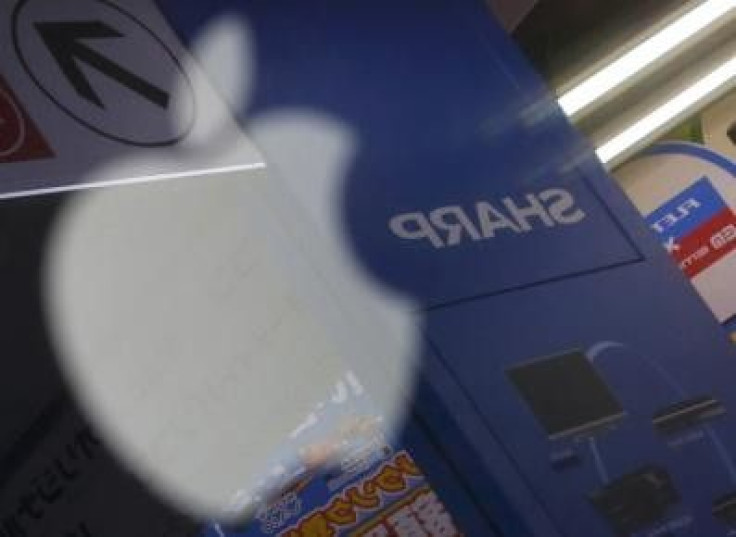Top Reasons To Buy Retina MacBook, Apple's New Laptop Might Be Worth A Try Like the Macbook Air and MacBook Pro

Apple's 12-inch Retina MacBook has drawn mixed reactions from the market. Several reports consider the Retina a downgrade from expectations while others believe it is just the tip of the iceberg. Apple is believed to be on the verge of ushering a new laptop or computer era. For those wondering if the laptop has any upsides, there are several feature that may turn it into an attractive investment for some users.
For people looking for a different kind of experience, the completely redesigned touchpad featuring Force Touch technology can be reason to buy the Retina MacBook. The multi-touch technology embedded in the laptop features a variety of gestures to explore. More importantly, Apple made sure to take it to the next level by including haptic feedback and pressure sensitivity. All thanks to the built-in Taptic Engine. This allows users to feel a click when they press down the trackpad although there is really no clicking done. Additionally, users can perform a variety of tasks with the "deep click" feature. They can explore a word's definition of fast-forward a QuickTime movie more conveniently.
In another discovery by iFixit with confirmation from Chipworks, the 12-inch Retina MacBook turns out to have a special flash memory controller not like in standard devices. Instead, Apple included an unbranded chipf from TSMC. In this case, the company was able to shift from AHCI to NVMExpress via its own SSD controller. This is a systemt hat supports and optimizes PCIe SSDs guaranteeing power efficiency. Additionally, the system also allows SSD drives to consume less power when the laptop is in idle-mode.
As with any other device, the compatibility and value of the Retina MacBook depends on the user. Some may find the features helpful while others do not. It is best for users to pinpoint the tasks they need to perform before investing into any laptop.
To report problems or leave feedback on this article, email: p.silva@ibtimes.com.au.






